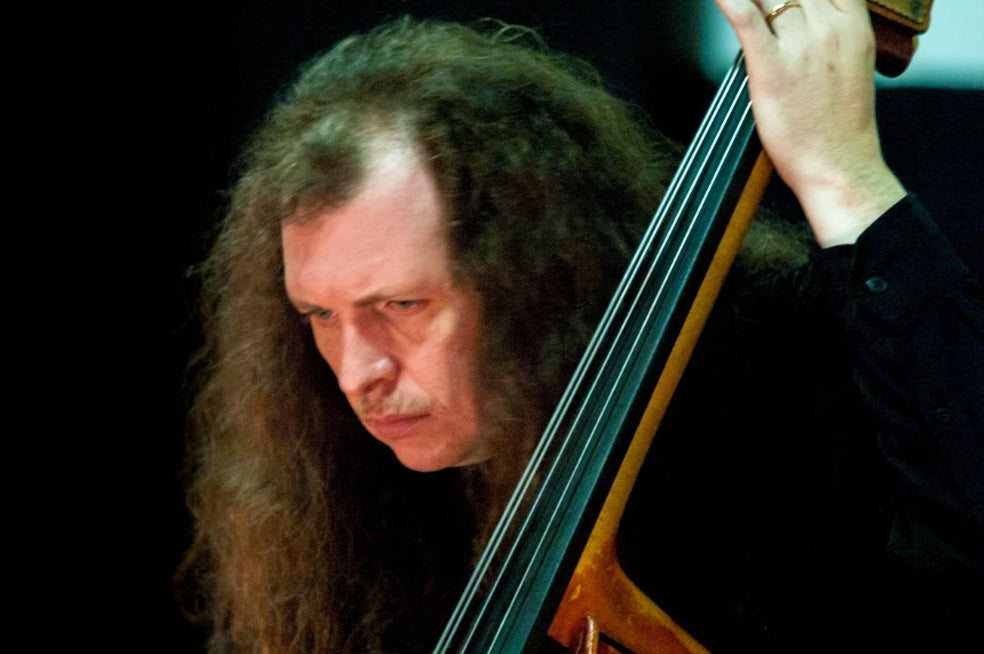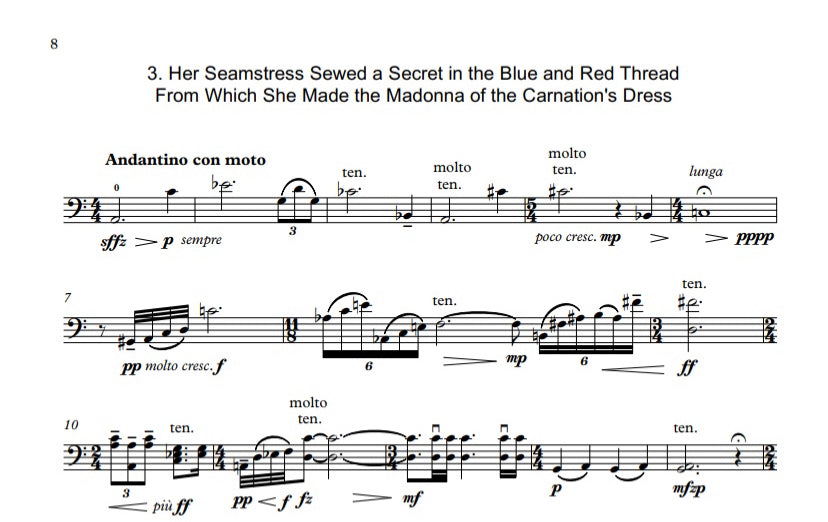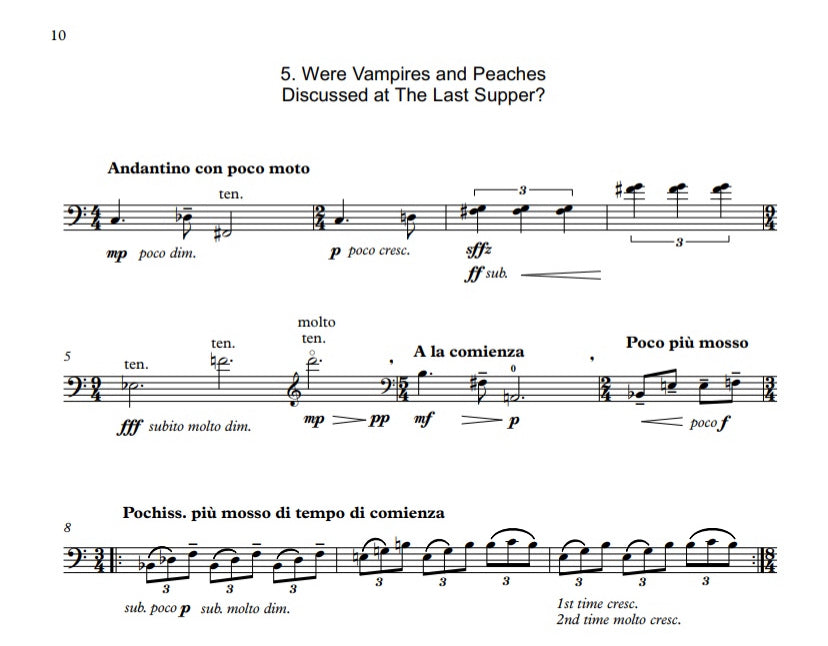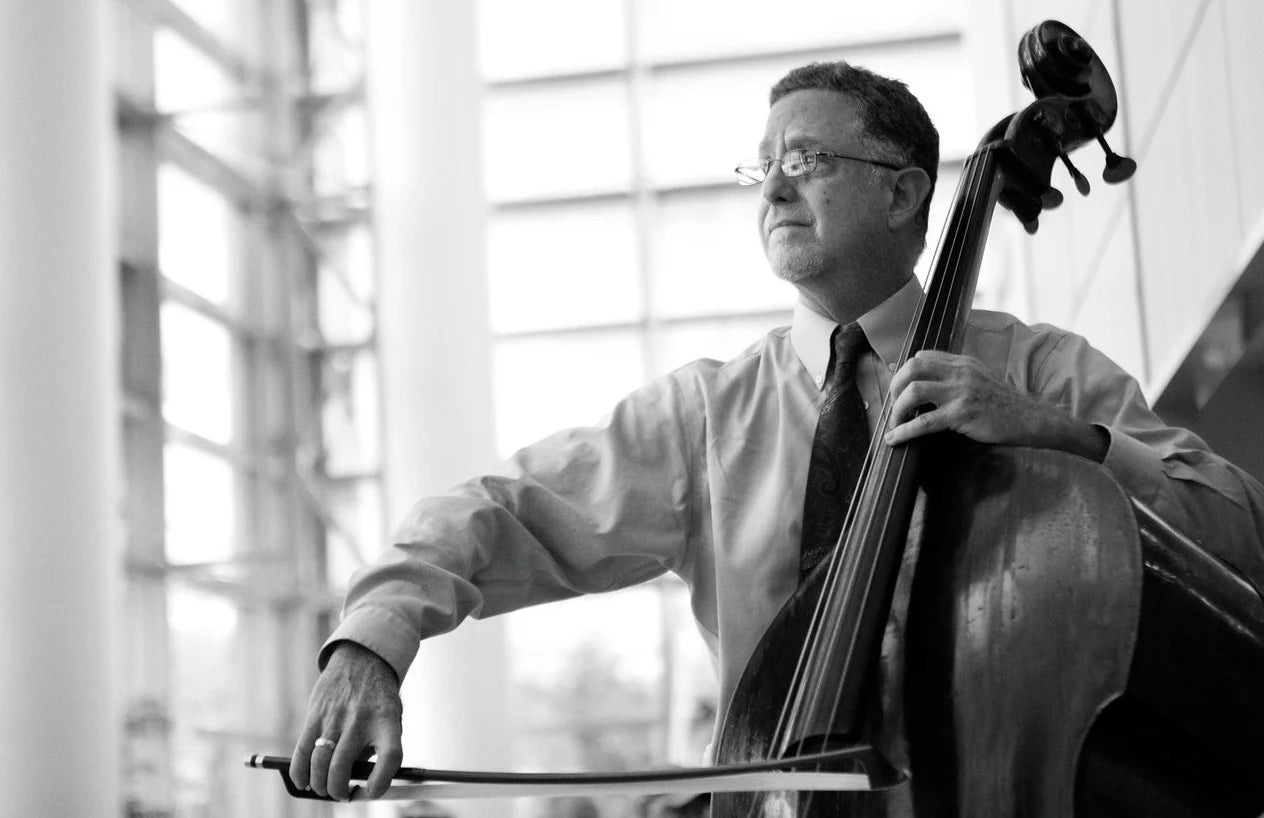David Heyes
P Kellach Waddle: When a Vampire Slept on the Floor of Da Vinci’s Library Op. 647 for unaccompanied double bass
P Kellach Waddle: When a Vampire Slept on the Floor of Da Vinci’s Library Op. 647 for unaccompanied double bass
Couldn't load pickup availability
About the Composition
When a Vampire Slept on the Floor of Da Vinci’s Library Op.647 is a series of seven impressive, inventive and colorful works for unaccompanied double bass. Composed in 2019 to commemorate the 500th anniversary of the death of Leonardo da Vinci (1452-1519), each piece is a powerfully descriptive and evocative soundscape, playable singly or as a suite and primarily in the orchestral register of the instrument. P. Kellach Waddle writes in a modern and individual style that offers musical and technical challenges in equal measure for the adventurous and advanced bassist.
P. Kellach Waddle writes: "Whereas many of my esteemed colleagues in this project chose to concentrate on one work of Da Vinci's to compose about, and also chose to examine said chosen work in a straightforward fashion, yours truly, of course, chose a much more surreal and eccentric route. When I couldn't decide on a single work of
Da Vinci's to write about as I had so many ideas, I decided I would write a seven-movement sonata inspired indeed by seven of Leonardo's masterpieces. I also of course wanted to take a much more phantasmagoric and surreal tack in my LDV- inspired composing as it were, I mixed those ideas with my oft-used ideas of dreams and vampires, and voila, the result is this sonata. Each of the movements indeed doesn't examine a straightforward aspect of the work in question, but again instead I went after a dreamworld angle in my mind as I constructed the material for each of these seven short movements.
Table of Contents
1. The Mysteries in the Darkness of the Colour of the Mona Lisa's dress - most people are always concerned with WHO the Mona Lisa is or of course, obsessed with her renowned smile. This movement instead ponders the mysteries in the color of the dress she is wearing.
2. The Intense memories that Burned in the Ashes that Remained After the Battle of Anghiari - Instead of directly reacting to the visceral activity in " The Battle of Anghiari", I chose to imagine the fires that usually burn after a fierce battle, and this turbulent movement's material spoke to me of the aftermath of the ashes that could be left after such a fire.
3. Her Seamstress Sewed a Secret in the Blue and Red Thread From Which She Made the Madonna of the Carnation's Dress - Not content to just be inspired by the sacred visage of " The Madonna Of The Carnation", I chose to once again have my ever-present vampire " dream" about the person who constructed the dress she was wearing.
4. Of the Lion, the Stone, the Angst, and the Loneliness of St. Gerome in the
Wilderness - On the famous visage of St. Gerome, I pondered his internal dialogue and feelings during his long stint in the wilderness.
5. Were Vampires and Peaches Discussed at The Last Supper? This idea came to me the most pedantically when I was looking for ANY sort of new angle with which to approach The Last Supper. As I was working on the sketches, I was cooking a peach cake. Voila: there was my idea about peaches and vampires.
6. The Mysteries in the Vitruvian Man's Feet and Wondering Where They Have Walked - This was the very first work that spoke to me in the construction of this piece and the first " unusual" angle that came to me--- what if the famed Vitruvian man was 3-dimensional instead of a diagram? And what if he walked around? Would his feet tell us where they have been? And finally,
7. What Those Visitors Dreamed After Christ's Baptism - the most melodramatically active of the movements, I decided not to deal with the ceremonial majesty of Christ's baptism but instead to focus on the other " random" people in this famous work and what might have gone through their heads a few hours later. Did they know it would be reported that that baby 33 years later had risen from the dead? Did they know this child was reportedly a miracle creation from a virgin's womb? The tumult of such ponderings and mysteries forms this final, most technical, and most super-dramatic movement of the sonata.
As always, I deeply thank my dear friend David Heyes for including me and my ideas and work in this fascinating project!!!"







